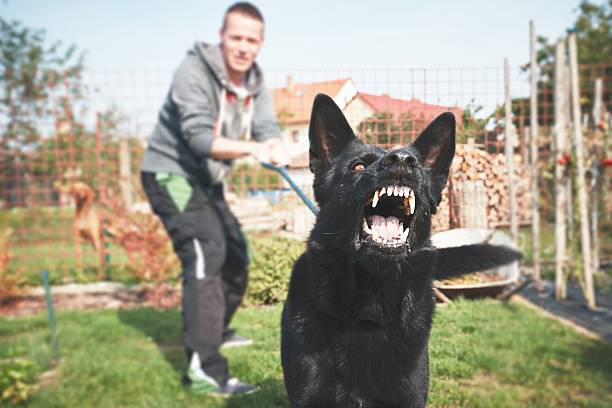
By: Georgina – Owner of Norbert’s Treats
Published: April 2025 | Last Updated: April 2025
Verified by Experts. This article has been written and verified by natural dog treat specialists.
As part of our series of looking at the most important facts relating to our dogs, we’ve collected 25 facts about resource guarding in dogs.

A perceived threat triggers the dog to protect an object, food or person from others, which can result in defensive and aggressive behaviour. It is a natural instinctive behaviour which stems from their ancestors needing to protect their resources for survival.
Over 20% of dogs show some form of resource guarding at least once in their lifetime.
Food bowls are the most commonly guarded items, reported in 56% of guarding cases.
Toys are the second most guarded, with 41% of dogs guarding their favourite playthings.
Dogs adopted from shelters are twice as likely to display resource guarding behaviours.
Male dogs are slightly more prone to resource guarding than females, according to some studies.
Guarding behaviour is most often noticed between the ages of 6 months and 2 years.
In a survey of dog owners, 12% admitted they’d been bitten during a guarding episode.
Growling is the most common early warning sign, seen in 79% of cases.
Guarding isn’t always aggressive — 45% of dogs show subtle signs like freezing or hovering over objects.
Dogs who resource guard are not “bad dogs” — it’s often a natural survival instinct.
82% of trainers say resource guarding can be improved with consistent positive reinforcement.
Multi-dog households report guarding incidents 30% more often than single-dog homes.
Resource guarding isn’t just about food — beds, people, and even spaces can be guarded too.
In homes with children, guarding behaviours are reported 18% more frequently.
Only 5% of resource guarding cases require extreme measures like rehoming or heavy management.
Dogs with early socialization to food sharing are 65% less likely to develop guarding issues.
Many resource guarders (around 60%) only display behaviours in specific contexts, like meal times.
According to veterinarians, pain or illness can trigger sudden onset resource guarding.
Small breeds show guarding behaviour nearly as often as large breeds — it’s not just big dogs!
Studies show that punishing guarding behaviour often makes it worse in the long run.
Resource guarding appears across all breeds, but certain working breeds may be slightly more prone.
Dogs who were weaned early (before 6 weeks) show higher rates of guarding behaviours later in life.
A calm, consistent management plan improves guarding behaviours in over 70% of cases.
Body language clues like stiffening, side-eye, and lip curling can predict guarding moments before escalation.